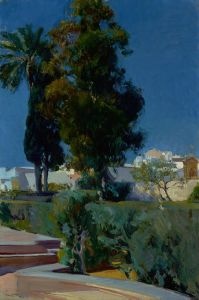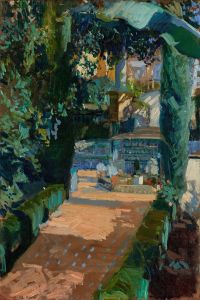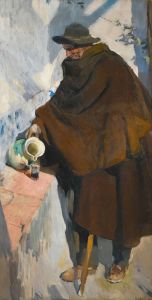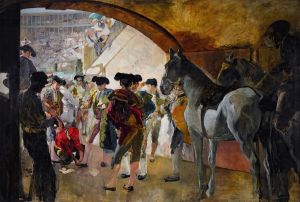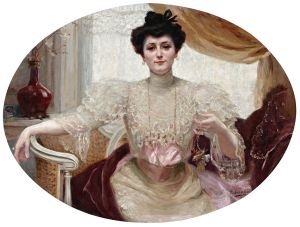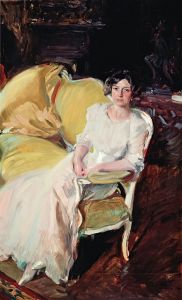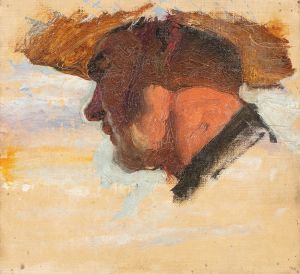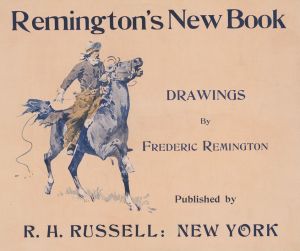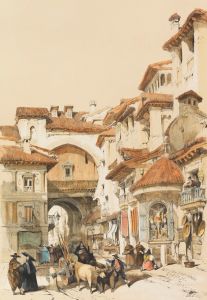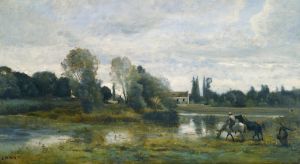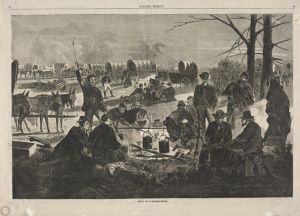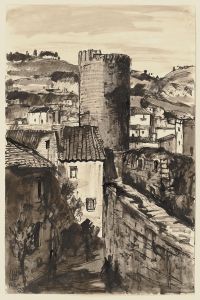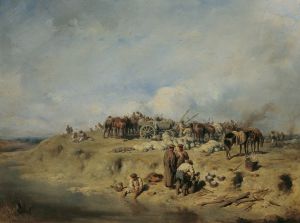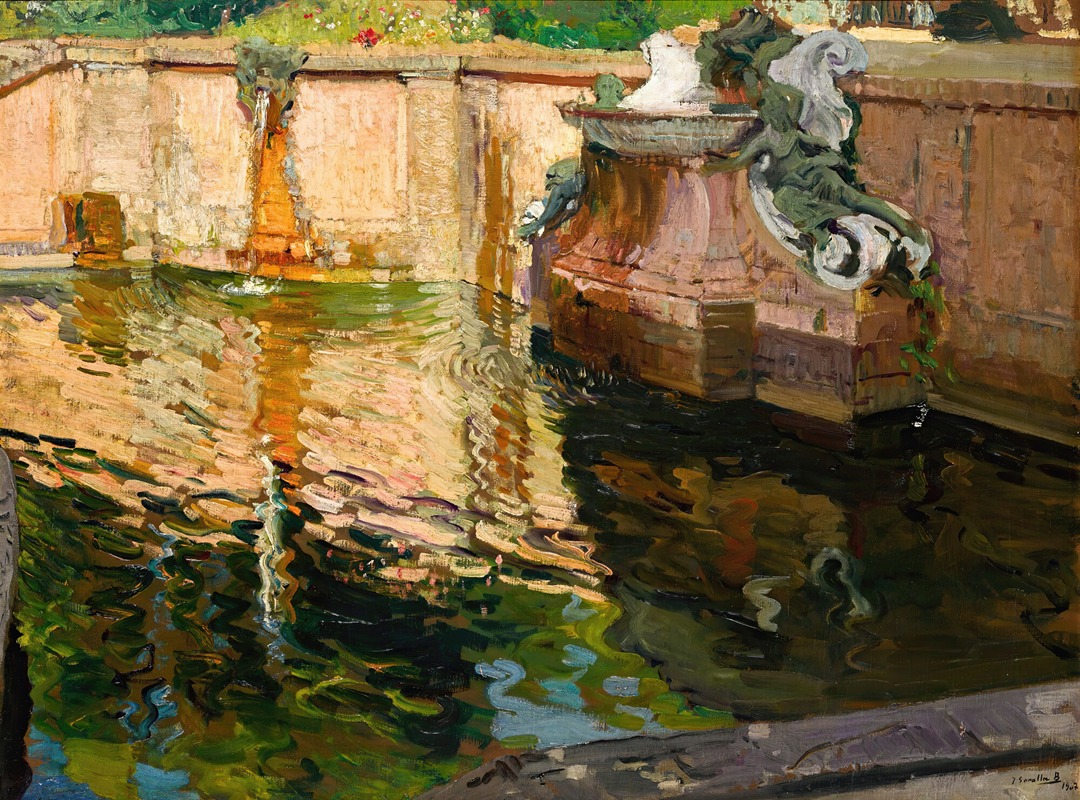
La Fuente De Los Caballos, La Granja
A hand-painted replica of Joaquín Sorolla’s masterpiece La Fuente De Los Caballos, La Granja, meticulously crafted by professional artists to capture the true essence of the original. Each piece is created with museum-quality canvas and rare mineral pigments, carefully painted by experienced artists with delicate brushstrokes and rich, layered colors to perfectly recreate the texture of the original artwork. Unlike machine-printed reproductions, this hand-painted version brings the painting to life, infused with the artist’s emotions and skill in every stroke. Whether for personal collection or home decoration, it instantly elevates the artistic atmosphere of any space.
Joaquín Sorolla, a prominent Spanish painter known for his vivid and luminous works, created "La Fuente De Los Caballos, La Granja" during his prolific career in the late 19th and early 20th centuries. Sorolla's oeuvre is celebrated for its vibrant depiction of light and color, often capturing the essence of Spanish life and landscapes with remarkable clarity and emotion. While specific details about "La Fuente De Los Caballos, La Granja" are limited, the painting is a testament to Sorolla's mastery in portraying outdoor scenes with a keen eye for natural light and atmosphere.
Joaquín Sorolla was born on February 27, 1863, in Valencia, Spain. He showed an early interest in art and began his formal education at the age of 15 at the Academy of San Carlos in Valencia. Sorolla's talent quickly became evident, and he later moved to Madrid to study the works of the Spanish masters at the Museo del Prado. His artistic journey took him to Rome and Paris, where he was influenced by the Impressionists and other contemporary artists, which significantly shaped his style.
Sorolla's work is often associated with the Impressionist movement, although he developed a distinct style characterized by his ability to capture the effects of sunlight and the play of light on water. His paintings frequently depict beach scenes, gardens, and everyday life in Spain, rendered with a sense of immediacy and vitality. Sorolla's technique involved the use of loose brushstrokes and a bright palette, which allowed him to convey the warmth and vibrancy of the Mediterranean environment.
"La Fuente De Los Caballos, La Granja" likely depicts a scene from the Royal Palace of La Granja de San Ildefonso, a historical residence of the Spanish monarchy located near Segovia. The palace is renowned for its beautiful gardens and fountains, which have inspired many artists over the years. Sorolla's painting would have captured the dynamic interplay of light and shadow, a hallmark of his work, bringing to life the serene yet lively atmosphere of the gardens.
Throughout his career, Sorolla received numerous accolades and exhibited his works internationally. His paintings were well-received in Europe and the United States, earning him a reputation as one of the leading painters of his time. Sorolla's ability to convey the essence of Spanish culture and landscapes endeared him to audiences worldwide, and his works continue to be celebrated for their technical brilliance and emotive power.
In addition to his artistic achievements, Sorolla was a devoted family man and often included his wife and children in his paintings. His personal life and travels frequently influenced his choice of subjects, and he maintained a deep connection to his Spanish heritage throughout his career.
Joaquín Sorolla passed away on August 10, 1923, leaving behind a rich legacy of art that continues to be admired and studied. His works are housed in major museums and collections around the world, including the Museo Sorolla in Madrid, which is dedicated to his life and art. "La Fuente De Los Caballos, La Granja" remains a part of this legacy, exemplifying Sorolla's unparalleled ability to capture the beauty and vitality of the world around him.





